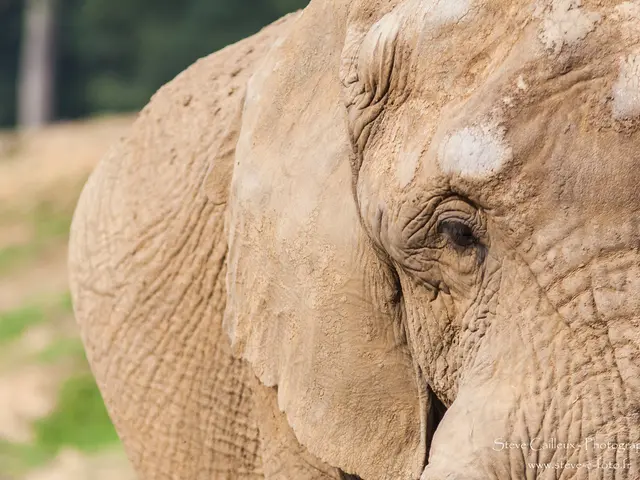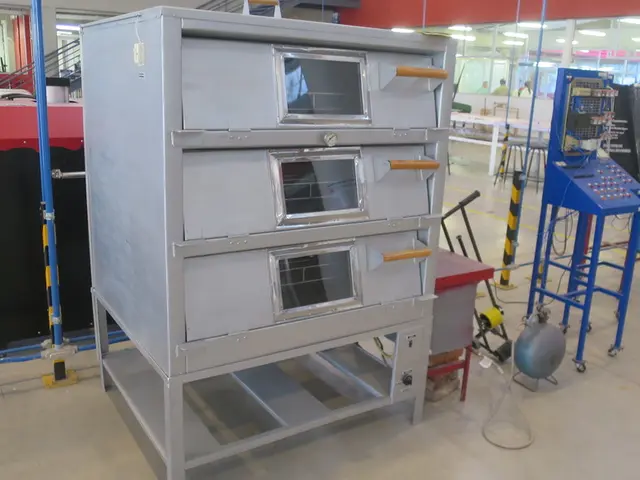Archaeological Find: Skilled Metal Detecting Uncovers Possible 2,000-Year-Old Predictive Tool
Uncovering an object with future-telling capabilities might conjure images of crystal balls or Tarot cards, but experts on the Isle of Man have stumbled upon something quite unexpected: a divination spoon. This ancient bronze utensil, recently unearthed by a metal detectorist, could potentially be a tool for gazing into the future. With a history dating back roughly 2,000 years, this treasure is the first of its kind discovered on the Isle of Man, revealing ancient practices rarely witnessed on the island.
Allison Fox, the archaeology curator for Manx National Heritage, expressed her excitement over the discovery, stating, "This bronze spoon is one of the most intriguing objects ever found on the Island. Iron Age finds are relatively scarce, and bronze spoons dating to this period are particularly rare, making this find all the more impressive." The spoon was discovered by metal detectorist Rob Middleton on the land he owns and was generously donated to the Manx National Collections at the Manx Museum.
Although the spoon might initially seem fairly ordinary, being referred to as a "spoon," it is, in fact, an extraordinary find that hints at potential prehistoric rituals on the Isle of Man. The decorative features of the spoon are what make it stand out, including the wide, circular handle adorned with small spiral decorations and a strawberry-shaped bowl etched with a faint cross. The two lines that form the cross intersect at the deepest part of the bowl.
Despite the absence of an ancient Iron Age spoon manual, experts believe the spoon may have held a ritualistic purpose, specifically as a divination tool for predicting the future. With discoveries of ancient spoons now being unearthed worldwide, it seems that this particular practice was not confined to any one region or culture.
In ancient Ireland, spoons were often used in ceremonial rituals, with some theories suggesting that liquids would be poured into the spoon, and the outcome would depend on which quarter of the spoon the liquid landed. This method of divination, while not entirely grounded in fact, appears to be consistent with practices found in other ancient cultures.
As for the exact culture that potentially utilized the divination spoon, it remains unclear, but the Isle of Man has a rich history inhabited by a diverse group of people, including Celts who were among the island's earliest inhabitants.
The discovery of this ancient bronze divination spoon is not only significant for its rarity but also for what it tells us about our ancestors' practices. It underscores the importance of continued archaeological research and the role that artifacts like this spoon can play in understanding the past. Although we may never know the full story of the divination spoon or any future finds, there's no denying that the secrets of the past have a remarkable way of unfolding when we least expect it.
- The technology used by metal detectorist Rob Middleton led him to discover a divination spoon, a scientifically significant artefact dating back 2000 years, suggesting advanced archaeological techniques.
- The future potential of this ancient bronze spoon as a tool for predicting the future is intriguing, echoing early beliefs in technology and its supernatural capabilities.
- If predictions made using this spoon were accurate, it could revolutionize our understanding of Iron Age practices, highlighting the intersection of science, technology, and archaeological discoveries.
- Forecasting the impact of this find on archaeological forecasts, probably, it will lead to further excavations and the unearthing of similar objects, broadening our perspective on ancient cultures.








